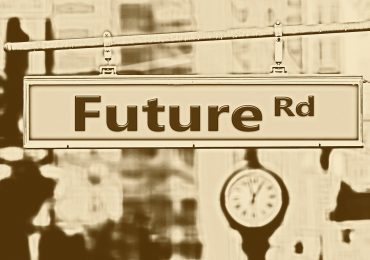Jason Zweig unveils some great research in his latest piece for The Wall Street Journal (“Why Market Forecasts Keep Missing The Mark”). With all sorts of pundits making predictions for where the market will head in 2009, Zweig says you should be skeptical of their forecasts — and your own — a notion that I also examine in detail in my new book, The Guru Investor.
Says Zweig, “Nearly all of us try forecasting the market as if each of the past returns of every year in history had been written on a separate slip of paper and tossed into a hat. Before we reach into the hat, we imagine which return we are most likely to pluck out. Because the long-term average annual gain is about 10% we ‘anchor’ on that number, then adjust it up or down a bit for our own bullishness or bearishness.
“But,” he continues, “the future isn’t a hat full of little shredded pieces of the past. It is, instead, a whirlpool of uncertainty populated by what the trader and philosopher Nassim Nicholas Taleb calls ‘black swans’ — events that are hugely important, rare and unpredictable, and explicable only after the fact.”
What kind of impact do these black swan events have on investors who try to time the market? To get an idea, Zweig points to the research of Spanish finance professor Javier Estrada. Estrada has studied the daily returns of the Dow Jones Industrial Average from 1900 through 2008. His findings: Remove the market’s 10 best days, and two-thirds of the Dow’s cumulative gains for the 109-year period would disappear. Take away the market’s 10 worst days, and you would have tripled the Dow’s return in that period.
“The moments that made all the difference were just 0.03% of history: 10 days out of 29,694,” Zweig writes. Stock market history essentially involves lengthy periods of little activity interspersed with those type of huge up or down days, Zweig says — and no one can predict those black swan days.
That’s a big theme of my book. In The Guru Investor, I reference the research performed by professor and author Philip Tetlock, which found that so-called “experts” couldn’t predict more than 20 percent of outcomes when asked to make various political and economic predictions. Crude algorithms, on the other hand, yielded accurate predictions 25 to 30 percent of the time, while sophisticated algorithms were right almost half the time.
Zweig does say that there is a place for forecasting. Two professors performing a study for the National Bureau of Economic Research are estimating a 4.2% return in 2009, he notes, adding that you can do a “roll-your-own” version of their sophisticated study by adding the market’s dividend yield (3.4%) and the annual rate of earnings growth over the past 20 years (3.4%), and then adjusting for how speculative you think price/earnings ratios will become.
As for his own predictions, Zweig says he thinks stocks could average a 7% return over the next five years, though “along the way, the Dow might slump to 6000, or drop 10% or more in a day.”
“But just as huge losses often come out of a clear blue sky, gains can arrive when the world seems darkest,” Zweig concludes. “If you forecast the market with your gut feelings alone, you may never hit the target.”








